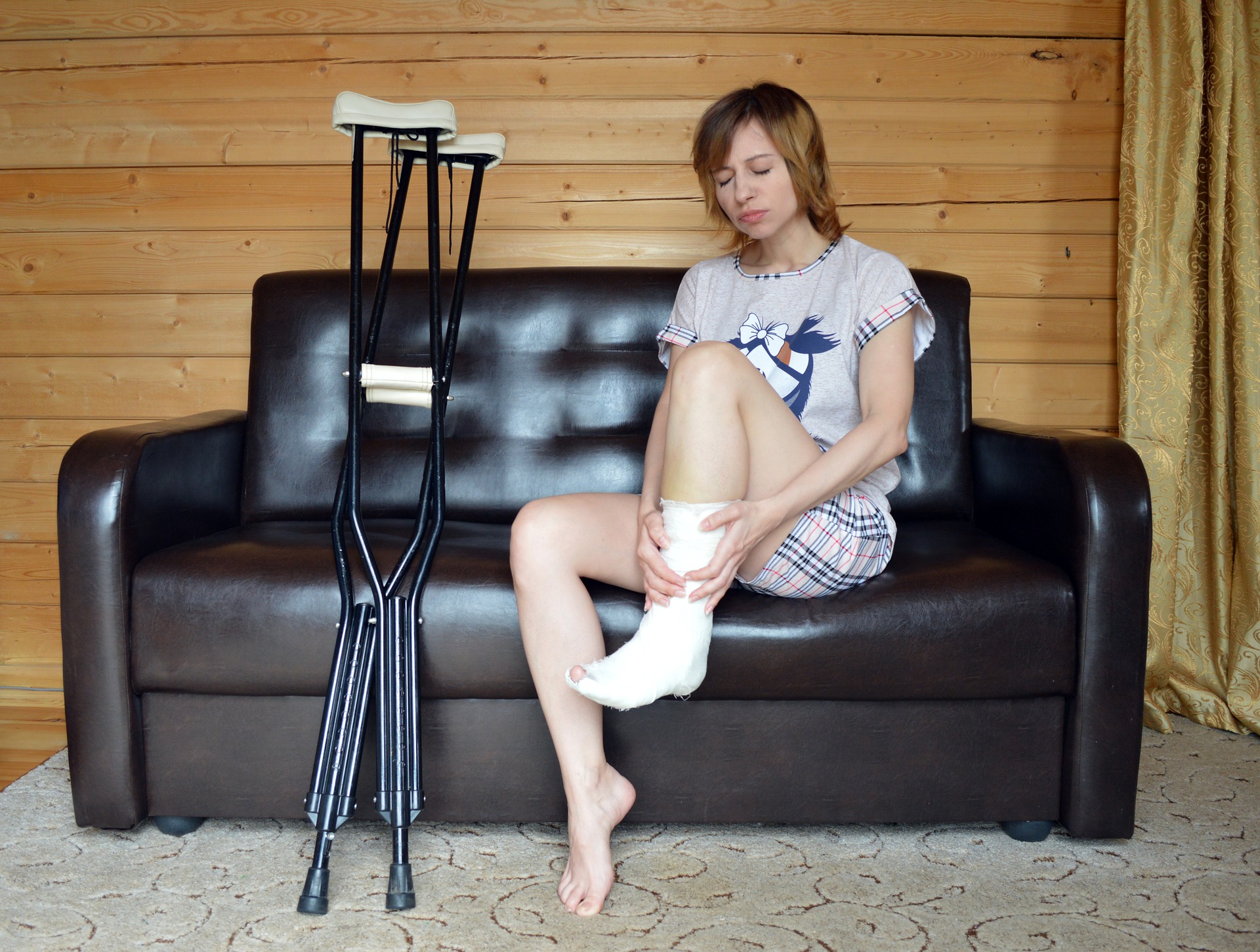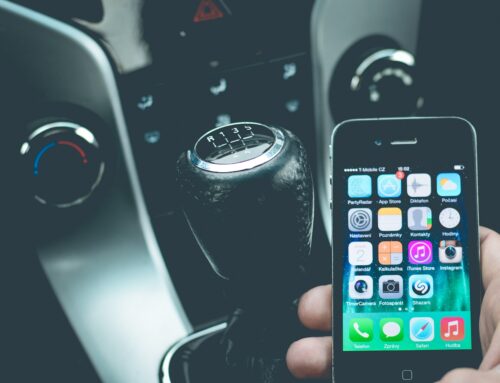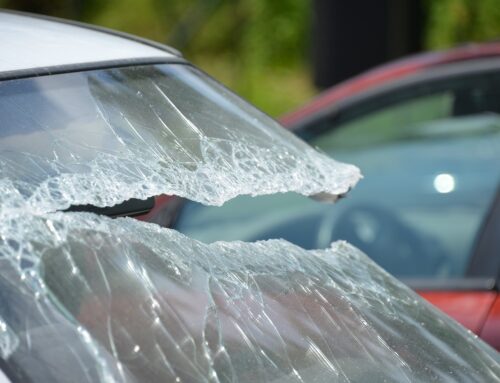A hit-and-run accident results in an injured person, damaged vehicle, or damaged property – and no one can be held responsible for the incident. The Florida Department of Highway Safety and Motor Vehicles(FLHSMV) data analysis points to a disturbing trend in hit-and-run crashes in our state. In 2021, the total hit-and-run crashes across the state increased by more than 17% year over year. Fatalities from hit-and-runs were up over 18%, and severe bodily injuries from hit-and-runs were up 20%.
Those figures don’t take into account thousands of less severe accidents – remember, a dinged car in the parking lot is a hit-and-run accident if the offender does not leave a note. However, that damage still needs to be paid for – so are you covered, or are you a victim?
The first thing you need to do if you are the victim of a hit-and-run accident is to report it – both to the police and your insurance company.
Hit-and-Run Accident? Do This.
- Record a description of the other vehicle and its driver if possible
- Write down any details you can remember.
- Record the contact information for any witnesses.
- Record the names and badge numbers of the responding police officers.
- Take photos of the vehicle(s) involved, the details of an accident scene, and any property damage.
- Research any available surveillance camera footage from nearby business.
Does Insurance Cover Your Accident?
Liability insurance, which is mandatory in Florida, does not cover you or your car in the event of a hit-and-run accident. A driver must carry collision coverage and pay the deductible if their vehicle is damaged. Collision insurance costs over $500 annually, according to Insurance.com, and many drivers opt-out of subscribing to this coverage. In some cases, uninsured motorist property damage insurance may cover a portion of the vehicle damage. Ask your insurance provider about your policy to see if you are covered.
Injury coverage requires the victim to have personal injury protection (PIP) (required in Florida), medical payments, or uninsured motorist bodily injury liability coverage. However, if the victim does not have any medical coverage or uninsured motorist bodily injury, Florida offers Crime Victim Compensation to help cover any expenses.
Will a Hit-and-Run Accident Raise Insurance Rates?
The policies regarding rate increases vary based on state laws and an insurer provider’s internal guidelines. The victim of a hit-and-run accident typically does not have their rates increased, and a single not-at-fault collision or uninsured motorist bodily injury claim will also rarely affect rates.
However, many insurance providers have a look-back period. A rate increase may be applied if the driver has reported multiple claims during the past three years. Be sure that your claim is notated as “not at fault” when a hit-and-run is involved.
However, the perpetrator of a hit-and-run accident will be in a lot of trouble if the investigation leads to them. Leaving the scene after hitting a car – whether moving or parked – is against the law. If caught, drivers can expect to pay for damage to the other person’s vehicle and to be punished for the crime of leaving the scene, which could be a misdemeanor or a felony.
Typically, criminal penalties can include up to 15 years in prison if someone is injured, and even a misdemeanor ruling could result in significant fines. A conviction for leaving an accident scene also results in an SR-22 requirement, causing insurance rates to rise significantly – approximately 87% on average.
If you require car insurance, call the professionals at Anderson & Associates Insurance Group today. We will discuss all of your options and make sure you have the coverage you need and the coverage you want.









